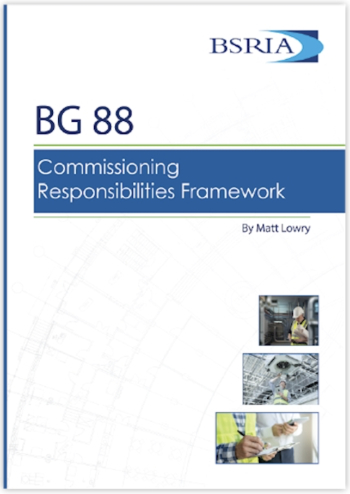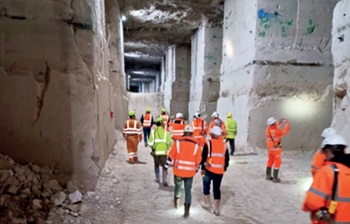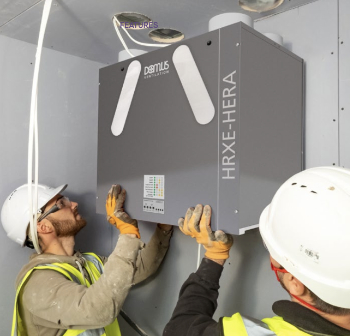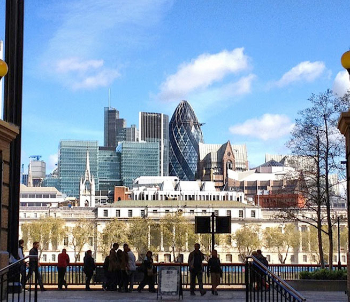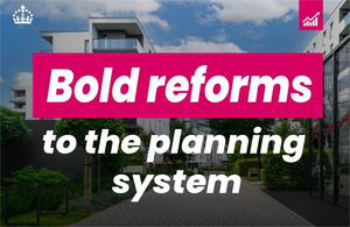The future of healthcare construction may be modular
Contents |
[edit] Introduction
As the population grows, there is an ever-increasing demand for space. We need to build more but we do not want the disruption and the cost. In areas where there is an emergent need for construction, such as in healthcare, there is also a need for speed. Below are presented the reasons some managers are choosing modular construction.
[edit] Cost
People desire the best and the bespoke but within a budget. The future of construction may be modular because it can allow greater control over money.
Almost all construction projects require a 10% or more contingency budget. This is a means of guaranteeing that there is money should something go wrong or there is a delay. A traditional construction site is at the mercy of the weather. It is also dependent on the reliability of a host of suppliers and sub-contractors.
Modular is built in a factory environment, with the construction moving along a conveyor belt of suppliers. Much of the construction is completed indoors and uses standardised materials. This certainty means that there are always the appropriate tradespeople available exactly at the time you need them.
Also, a modular constructor can form strong relationships with the supply chain, which means there will be no delay because of a lack of materials.
What is quoted at the beginning of the build is highly likely to be the exact cost that is paid at the end of a modular construction project.
[edit] Time
The amount of time it takes to complete construction is also a significant factor. For most, time is money. When a traditional bricks and mortar construction site begins there will be disruption for many months.
Most of the work on modular projects will be done off-site. It can take only a few months from start to finish and the amount of time on-site is limited to a bare minimum.
If a hospital's A & E department must be extended, the hospital staff cannot afford the emergency service to be compromised by builders. Therefore, the opportunity that modular provides to have much of the work done off-site can be a significant positive. The disruption to traffic, the dust and the dirt, as well as all the extra personnel could prove to be dangerous to A & E. Modular techniques are a sensible solution.
[edit] Flexibility
With modular, you can make standardised choices that create a functional and stylish build. Without the expense of an architect, you may reduce costs with pre-designed modular blocks. However, this is not to say that bespoke features that are flexible to needs cannot be supplied. If examination rooms are required that offer a lot of light and air but ultimate privacy, then a modular design consultant can help deliver this requirement.
Also, with modular, if down the line it is decided to reconfigure a building, it is possible to deconstruct and move it to a new site. This can be done with minimal disruption, offering ultimate flexibility. It does not mean an old-fashioned pre-fab hut. Modular constructions are generally products of high-quality design. This flexibility is possible because of the different techniques, which are as permanent as bricks and mortar, but designed to fit together easily and so can be deconstructed in a simple manner.
[edit] Protecting the planet
The ultimate reason why modular construction methods may be the approach of the future is because of the demands to protect the planet. Traditional construction methods are damaging to the environment in many ways. First, the amount of transportation and logistics required to bring materials to site adds to the carbon emissions. Second, where modular constructions are airtight and energy efficient, traditional builders must adopt increasingly expensive techniques to guarantee the same.
The energy efficiency of modular builds can not only help protect the planet but will also save money. Electricity and gas bills can be a financial drain, being one of the most challenging factors on the budget sheet. Costs may be kept in control with modular construction.
[edit] Related articles on Designing Buildings
- British post-war mass housing.
- BSRIA launches Offsite Construction for Building Services topic guide.
- Care Standards Act 2000.
- Construction problems avoided by using a modular approach.
- Design for Manufacture and Assembly (DfMA).
- Factory-made housing
- Kit house.
- Modern methods of construction.
- Modular buildings in the educational sector.
- Off-site construction.
- Plug and play skyscrapers.
- Prefabrication.
- Self build home.
- Structure relocation.
Featured articles and news
Commissioning Responsibilities Framework BG 88/2025
BSRIA guidance on establishing clear roles and responsibilities for commissioning tasks.
An architectural movement to love or hate.
Don’t take British stone for granted
It won’t survive on supplying the heritage sector alone.
The remarkable story of a Highland architect.
The Constructing Excellence Value Toolkit
Driving value-based decision making in construction.
Meet CIOB event in Northern Ireland
Inspiring the next generation of construction talent.
Reasons for using MVHR systems
6 reasons for a whole-house approach to ventilation.
Supplementary Planning Documents, a reminder
As used by the City of London to introduce a Retrofit first policy.
The what, how, why and when of deposit return schemes
Circular economy steps for plastic bottles and cans in England and Northern Ireland draws.
Join forces and share Building Safety knowledge in 2025
Why and how to contribute to the Building Safety Wiki.
Reporting on Payment Practices and Performance Regs
Approved amendment coming into effect 1 March 2025.
A new CIOB TIS on discharging CDM 2015 duties
Practical steps that can be undertaken in the Management of Contractors to discharge the relevant CDM 2015 duties.
Planning for homes by transport hubs
Next steps for infrastructure following the updated NPPF.
Access, history and Ty unnos.
The world’s first publicly funded civic park.
Exploring permitted development rights for change of use
Discussing lesser known classes M, N, P, PA and L.
CIOB Art of Building photo contest 2024 winners
Fresco School by Roman Robroek and Once Upon a Pass by Liam Man.







